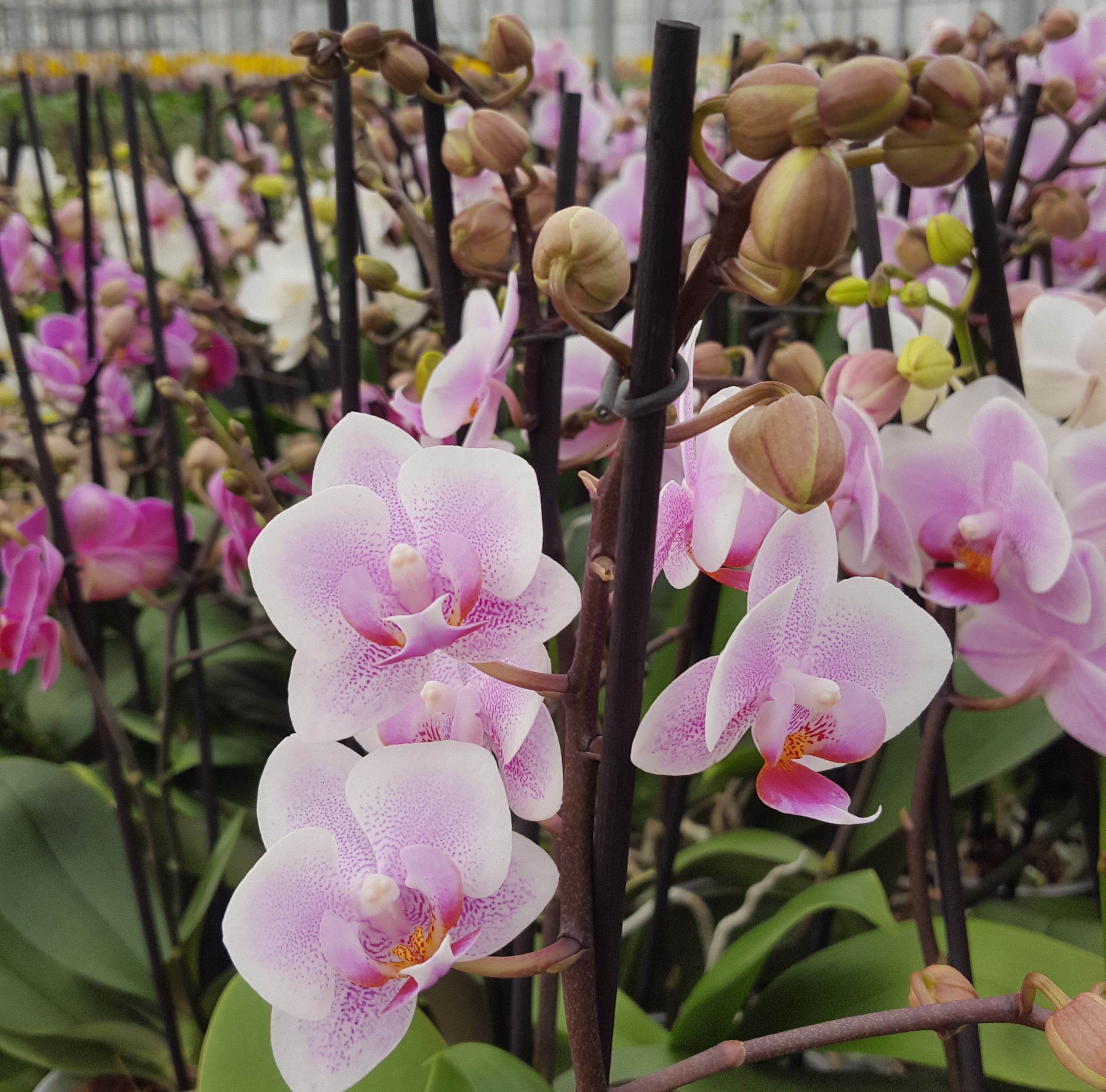How we help the orchid business to bloom
MAY 5, 2020
In the 19th century explorers would be paid vast sums of money to risk their lives to collect the rarest orchids on earth. For the privileged elite with fortunes to spend, collectors would be dispatched to dangerous jungles around the world to find the most exotic species and then brave endless ocean voyages to bring them back safely.
There was a name for this obsession — orchidelierium — a type of ‘madness’ that drove European collectors to not only seek out unique blooms but also spend vast sums on sophisticated Victorian greenhouses, and then patiently spend decades learning how to make their delicate petals reproduce.
Orchids are the most popular plants in North America
Today, orchids are everywhere. And their appeal is greater than ever thanks to modern cultivation techniques and state-of-the-art commercial facilities. This means that orchids are affordable, easily available and a thriving business. In North America, for example, the orchid industry is worth US$288 million and enjoys national sales of 35 million making orchids the most popular plants in the country.
However, like any industry there are challenges. Orchids can take many months to cultivate and years to grow to maturity. In addition, they need to spend large amounts of time in tropical temperatures and are vulnerable to a variety of pests. Low plant costs and high overheads have to be carefully balanced to ensure a profit.
Knauf Insulation’s Green Solutions — the division behind the success of Urbanscape Green Roofs — is now working with commercial orchid producers around the world to help them maximise the potential of their crops.
Our solution offers a growing time advantage of 20%

The unique design of our HUge growing media — a new substrate designed to improve plant growth — can reduce orchid growing times and provide significant cost savings
Jure Šumi, the Business Development Director Green Solutions, says: “There are around 30,000 different species of orchid around the world and cultivating them can take up to 48 weeks. We have created an innovative new growing media which can reduce that time by up to six weeks mainly by fast growth at the early stage of propagation and growing which normally lasts for up to 26 weeks.
That 20% reduction in time provides a significant cost saving advantage for commercial operations that are anxious to improve efficiencies, cut heating bills and get their orchids to market faster. Known as HUge in recognition of its original H and U letter-shaped base design, the new solution is proving to be significantly more effective than traditional alternatives.
“In most cases, bark is used to grow orchids. We have developed a unique media that uses Knauf Insulation’s ECOSE® Technology Rock Mineral Wool which is more effective.
In laboratory tests we have seen orchids grow 30% faster in the initial propagation phase with HUge than in bark. And they get produce more leaves in a shorter period // Jure Šumi, the Business Development Director Green Solutions
“For growers this means they can save space by moving orchids between the different temperatures in less time and get more volume of crop for the heating energy they use.
“Bark also requires a lot of water as well as overhead irrigation. Our solution retains water longer, can be watered from below and is ultimately more convenient and less messy than bark to move around.
New media welcomed by global retail chains
“In tests carried out by Wageningen University’s horticulture research centre in the Netherlands we have also found that pests known as pot worms — which can be devastating for crops — find it impossible to infiltrate our media during their early stages of growth.”
The new growing media has also been pre-tested with global retail chains that have found orchids potted in HUge be a less messy and easier to stock, move and distribute throughout their stores than bark. The future looks bright.
“We are continuing to test HUge with growers in the Netherlands and expect to launch in selected countries towards the end of the year,” says Jure. “It seems incredible how far we have come since jungle explorers in the 19th century, but our fascination with orchids remains stronger than ever.”
Subscribe to Email Updates
We’ll be sending you information and news about our solutions and material which we believe may be useful to you.
You can always unsubscribe from our newsletter. More informations: Privacy Policy









